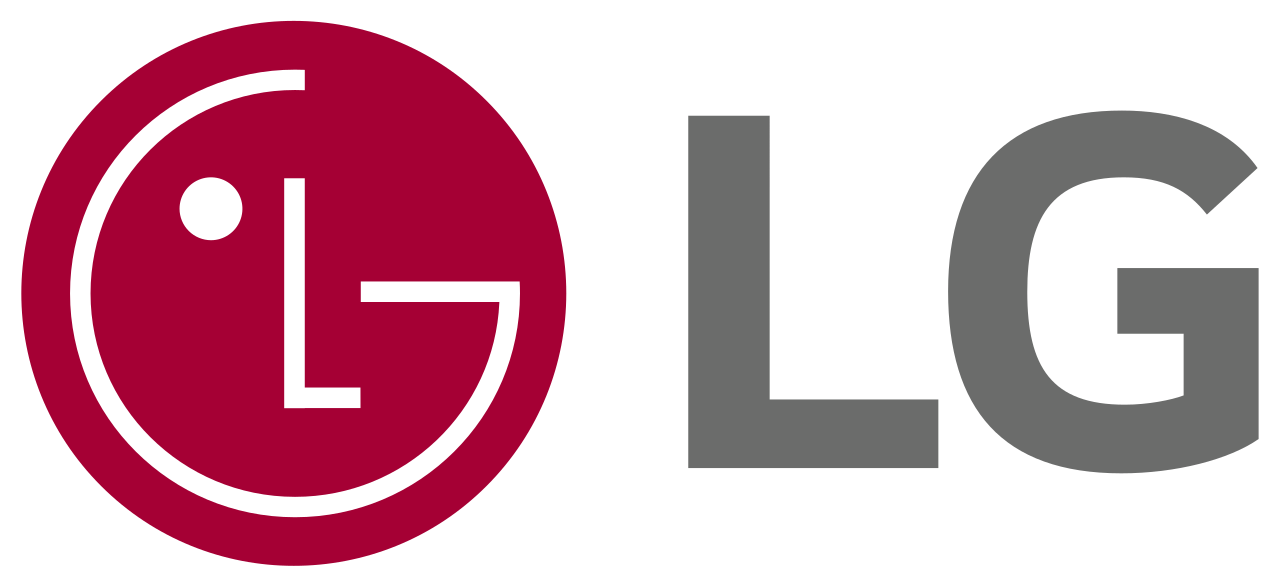
LG VRF Systems
LG Multi V VRF systems combine innovative technology with exceptional performance and efficiency to deliver precise comfort control for commercial and institutional applications.
Ask about LG VRF Systems
Lg HVAC Assistant
Powered by equipment specifications and industry knowledge
Hello! I'm your HVAC assistant specializing in LG VRF Systems. How can I help you today?
Suggested questions:
Popular Models
Technical Specifications
Capacity & Efficiency
Airflow & Pressure
Dimensions
Power Requirements
Common Issues & Solutions
Indoor unit fan motor failure
Symptoms:
No airflow, unit operation but no cooling/heating effect, noise from indoor unit
Solution:
Check motor windings for proper resistance, verify control voltage to motor, inspect bearings for wear, test capacitor if applicable, replace motor assembly if failed, ensure proper connection to PCB.
Thermistor sensor errors
Symptoms:
Error codes, temperature control issues, system shutdowns, improper operation
Solution:
Verify sensor resistance values against temperature, check for loose connections, inspect for physical damage, ensure proper positioning of sensors, replace defective thermistors, reset error codes.
Excessive refrigerant line length issues
Symptoms:
Reduced capacity, poor oil return, system alarms, compressor overheating
Solution:
Verify installation is within design limitations, check for proper line sizing, ensure correct refrigerant charge adjustments for line length, validate oil traps are properly installed, adjust field settings for extended piping if supported.
Cost Information
| Service | Average Cost | Cost Factors |
|---|---|---|
| Diagnostic service call | $150-$300 | Technician expertise with LG systems, diagnostic tools required, system complexity |
| LG Multi V system installation | $18,000-$70,000 | System size/capacity, number of zones, indoor unit selection, installation challenges |
| Control system commissioning | $2,500-$5,000 | System size, control system complexity, number of integrated components, programming needs |
| Refrigerant circuit repair | $800-$2,500 | Leak location, accessibility, component replacement needs, refrigerant quantity |
Frequently Asked Questions
What innovations make LG Multi V systems stand out?
LG Multi V systems feature Vapor Injection compressors for enhanced performance, Dual Sensing Control that monitors temperature and humidity, Smart Load Control for optimized operation, biomimetic fan design for noise reduction, and industry-leading operational range (-30°C to 54°C/-22°F to 129°F).
How does LG's Vapor Injection technology improve efficiency?
LG's Vapor Injection technology improves both heating and cooling efficiency by injecting refrigerant vapor into the compression chamber, increasing capacity by up to 32% in heating and 11% in cooling. This allows for full heating capacity down to -25°C (-13°F) without supplemental heat.
What is LG's MultiSITE Controls system?
LG MultiSITE Controls is a comprehensive control solution that includes various options from simple controllers to advanced building automation integration. It features web-accessible central controllers, BACnet/LonWorks/Modbus compatibility, remote monitoring capabilities, and the AC Smart 5 touchscreen interface for intuitive system management.
How does LG address oil return and refrigerant distribution?
LG's Smart Oil Return ensures proper lubrication by monitoring operating conditions and compressor run time to optimize oil return cycles. The HiPOR (High Pressure Oil Return) system uses pressure differential rather than velocity for reliable oil return, while Smart Oil Control extends the interval between oil return operations to improve efficiency.
Related Brands
Daikin VRF/VRV Systems
Daikin is the inventor of Variable Refrigerant Volume (VRV) technology and continues to lead the industry with innovative, energy-efficient solutions for zoned comfort in commercial buildings.
Mitsubishi Electric VRF Systems
Mitsubishi Electric VRF systems deliver exceptional energy efficiency, precise comfort control, and advanced technology in a flexible design that can be customized for virtually any commercial application.
Fujitsu VRF Systems
Fujitsu Airstage VRF systems deliver exceptional energy efficiency, design flexibility, and precise comfort control with advanced technology and reliable performance.